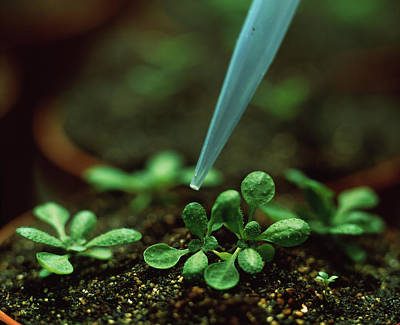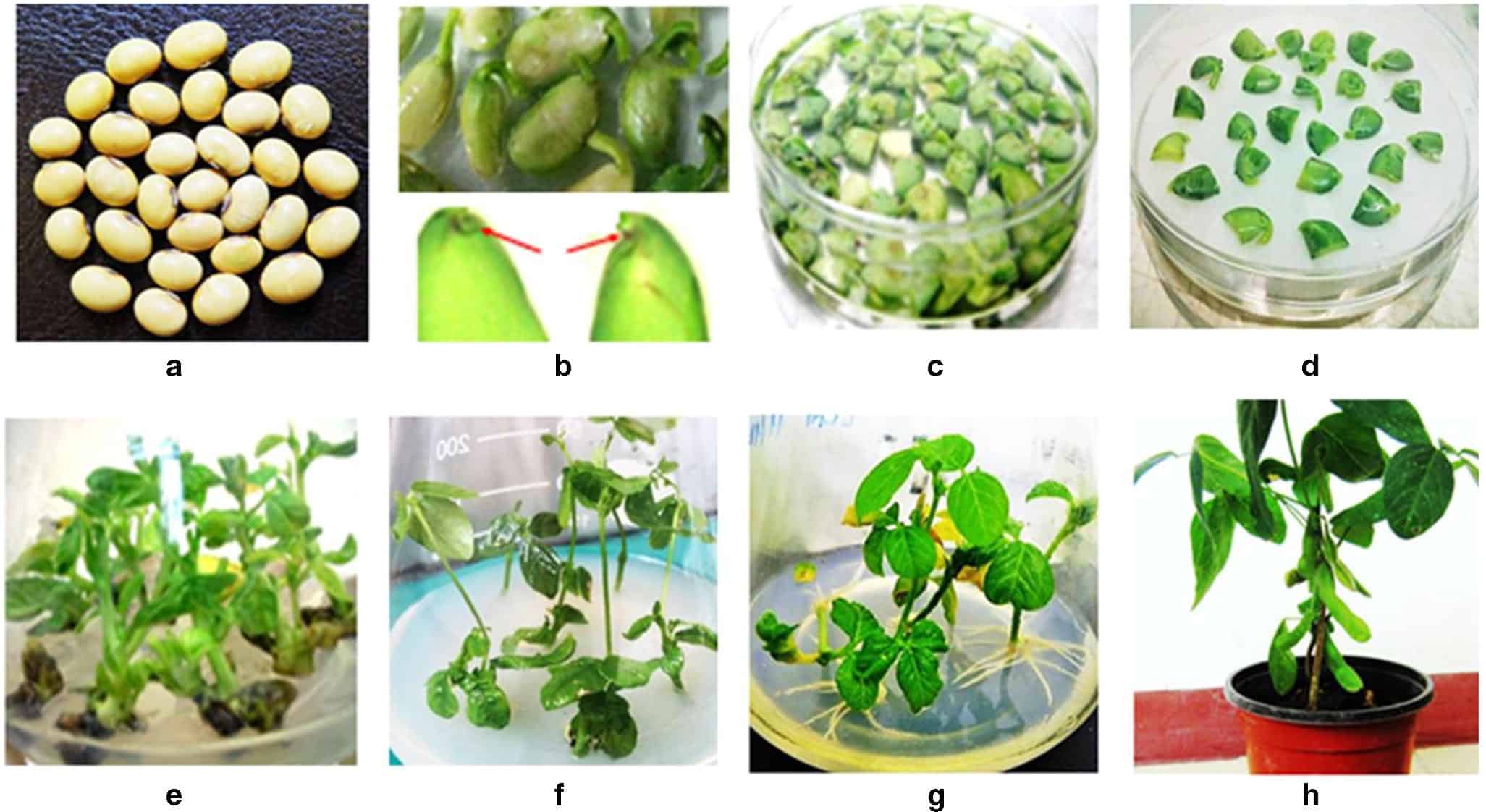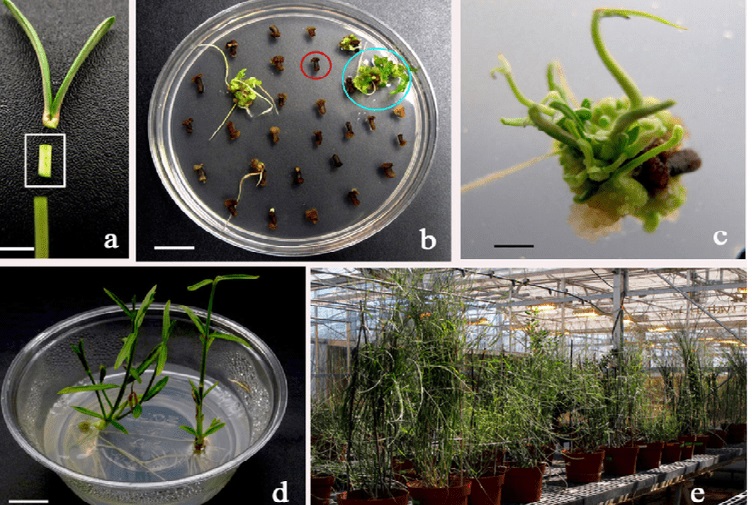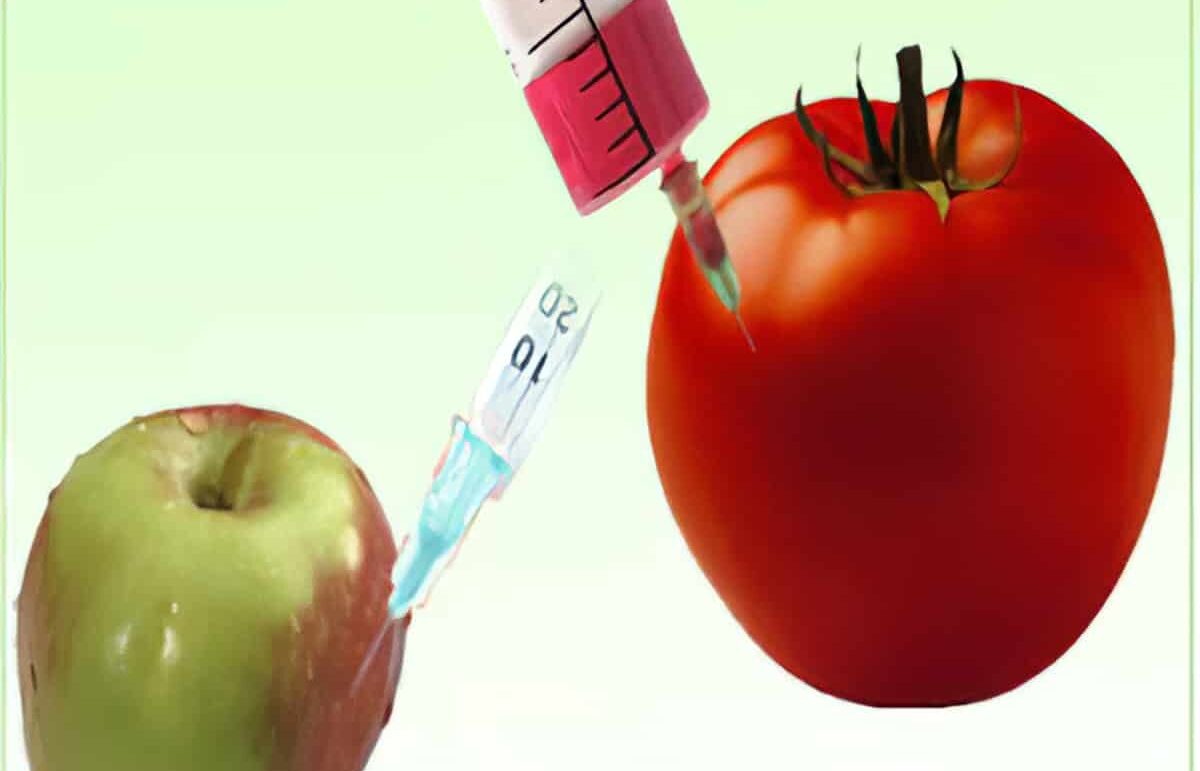Transgenic plants are defined as, ” The plants that have been genetically engineered, a breeding approach that uses recombinant DNA techniques to create plants with new characteristics. They are identified as a class of genetically modified organism (GMO)”
Everyone would love to read about transgenic plants because they are the plants that are created by humankind. But it has to be in a simple definition which should be understood by everyone.
Transgenic Plants:
There are many definitions that are told many people. The few definitions of the transgenic plants are:
The simple definition of transgenic plants is defined as, ” The plants into which one or more genes from another species have been introduced into the genome, using genetic engineering processes.”

Transgenic plants are plants that have had their genomes modified through genetic engineering techniques either by the addition of a foreign gene or removal of a certain detrimental gene. A foreign gene will be inserted into a plant of a different species or kingdom.
Transgenic plants are also called Genetically modified crops. It is also defined as, “Genetically modified plants have been engineered for scientific research, to create new colours in plants, deliver vaccines, and to create enhanced crops.
The transgenic plants are created to fulfil the aim of introducing a new species to the world which doesn’t occur naturally through pollination. The inserted gene sequence is known as Transgene. Plants containing transgenes are often called genetically modified or GM crops.
Plant genomes can be engineered by physical methods or by use of Agrobacterium for the delivery of sequences hosted in T-DNA binary vectors”.
The transgenic plants and their products are currently more productive and regulated in the USA under the authority of the U.S. Department of Agriculture (USDA).
Antibodies are first expressed in Transgenic plants in the year 1989. The various antibodies and antibody fragments and domains have been produced in the plant hosts as well as full length.
The researchers took an experiment and important research on the development of transgenic plants that are created by micro-organisms or animals which provides the researcher’s insight on what is possible.
The main reason for creating Transgenic plants is to develop a crop and make it useful and productive as possible.
It takes time and long process to create a plant with the best genes that are available, or with the closely related species to bring different Genes together.
The first transgenic plant was created and developed through the insertion of an antibiotic resistance gene into tobacco. After creating the first transgenic plant, it has become popular and many plants are created by the transgene.
The main purpose of creating transgenic plants is to produce crops, high quality and high yield.
Crop plants are incorporated with disease resistance gene to confer resistance toward these pathogenic diseases that are caused by pest, bacteria, and viruses.
In future, the transgenic plants or Generally modified crops will have a valuable alternative in solving the problem of food security that happens in the world of the growing population.
The unintended effects of gene transfer in GM crops should be examined thoroughly through metabolic profiling methods to avoid the production of GM plant with the significant difference in chemical composition from a non-GM plant or transgenic plant grown under the same condition
Steps involved in the production of Transgenic plants:

The few steps that are involved in creating the production of transgenic plants. They are:
- Identifying, Isolation and Cloning of Genes for Agriculturally Important Traits
- Designing Gene Construct for Insertion
- Transforming Target Plants with the Gene Construct
- Selection of The Transgenic Plant Tissue/Cells
- Regeneration of the Transgenic Plants
These are the steps that are involved in the creation of the production of Transgenic plants. The Transgenic plants are created using these steps.
Transgenic plants Advantages:

The advantages and benefits of Transgenic plants or Generally modified crops are:
The main advantages of a transgenic plant or Generally modified crops include larger yield, resistance to diseases and pests and capable of growing under stressful conditions.
The improvement in yield is one of the advantages of Transgenic plant. The improvement in yield plays an important role in Gene technology and it increased the productivity of food, fibre, crops and vegetable crops.
The increase in the yield is achieved by controlling losses caused by various insects and diseases.
Improvement in disease and Insect resistance played an important role in gene technology. The crop plants are infected by insects and the pesticides for the insects. But the transgenic plants or Generally modified crops cannot be affected by the insects.
Improvement in quality is one of the main advantages of transgenic plants. Gene technology has helped in improving all these three types of quality in different crops. It can produce more in a small area of land.
It can feed a rapidly increasing population because it shows dramatically increased yields. It reduces the use of pesticide and insecticide during farming that might be great moves for the betterment of the food supply.
These are the advantages and benefits of Transgenic plants or Generally modified crops which will make you understand about its advantages.
Disadvantages of Transgenic plants:

The disadvantages and drawbacks of Transgenic plants or Generally modified crops are:
The main disadvantages of Transgenic plants are included allergic reactions, the emergence of super-pests and loss of biodiversity.
It increases the cost of cultivation and more inclined towards marketization of farming that works on immoral profits.
The transgenic crops endanger not only farmers but also the trade, and the environment as well. It is biologically altered. Hence, biotech foods may pose a human health risk.
The excessive production of genetically modified foods will be rendered ineffective over time because the pests that these toxins used to deter might eventually develop resistance towards them.
These are disadvantages and drawbacks of Transgenic plants or Generally modified crops. This will help you know that everything in the world will have their separate pros and cons.
This article will make you understand to know about the Transgenic plants or Generally modified crops.